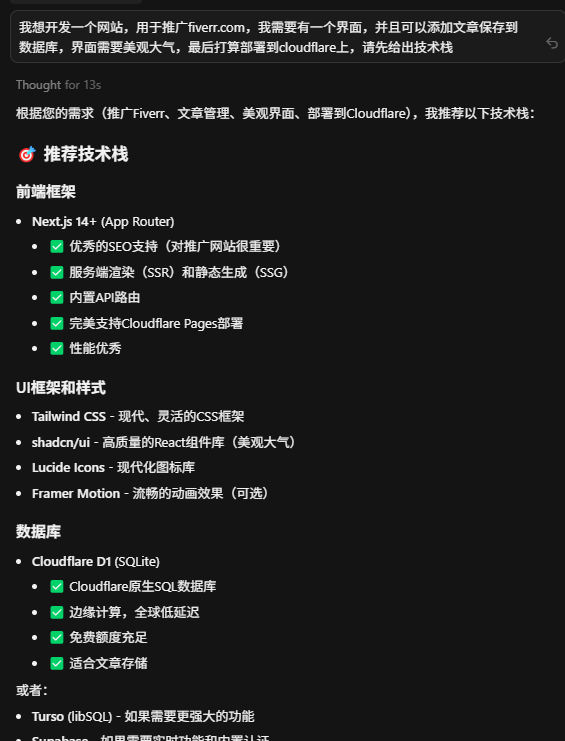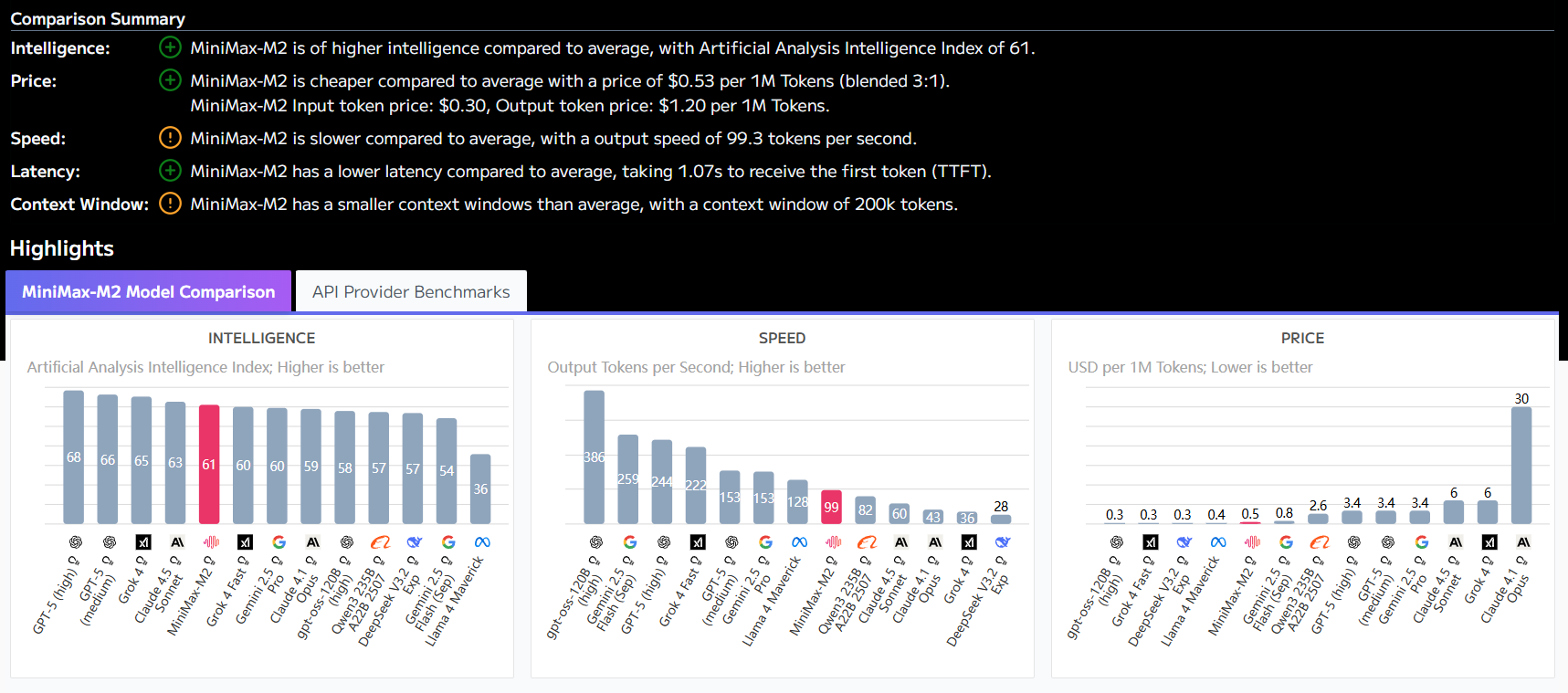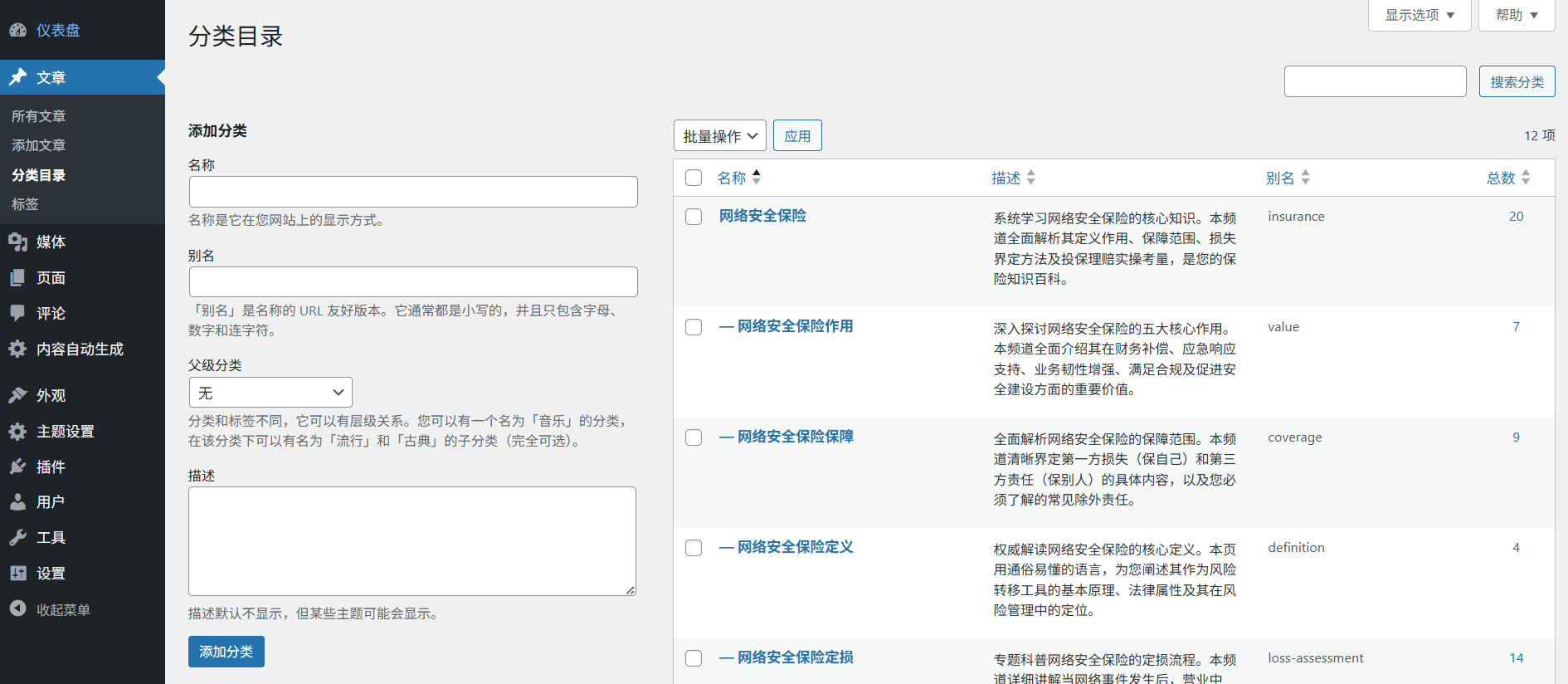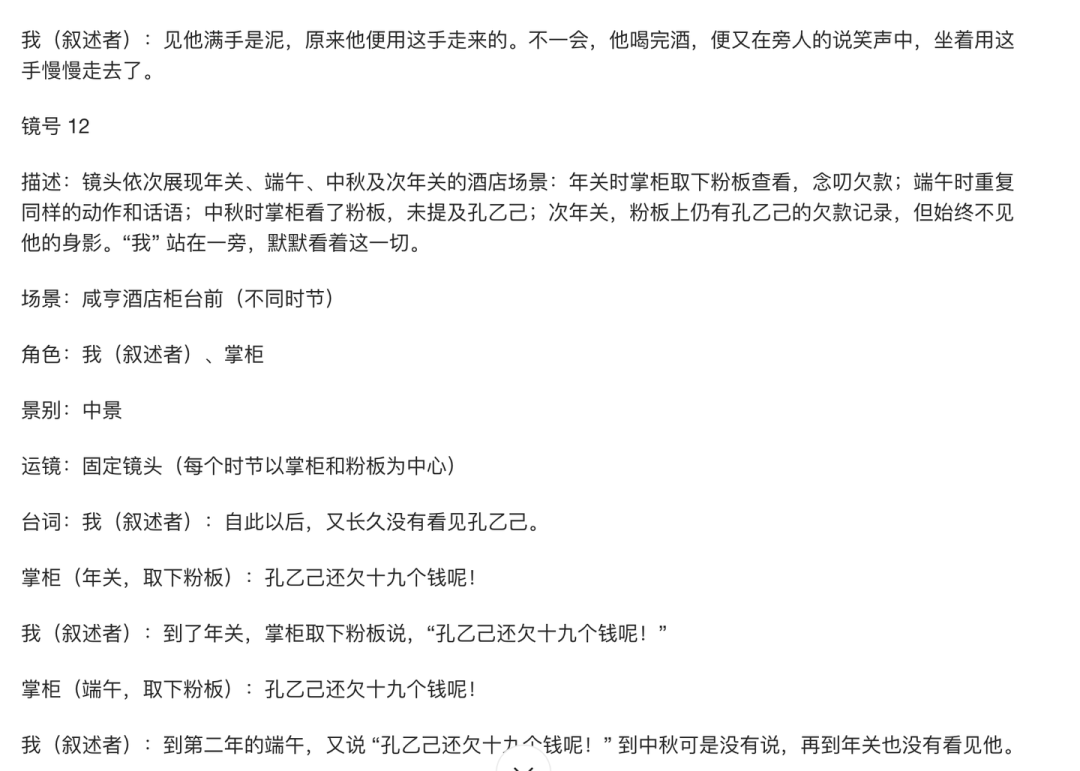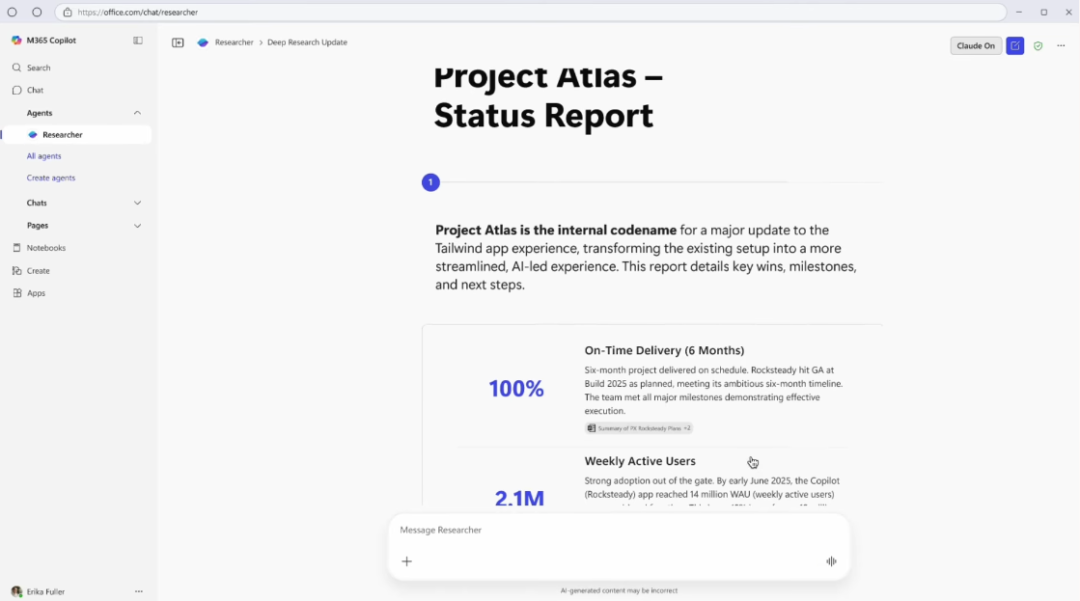Background to the issue
When multiple objects need to be added/removed or drastically modified in an existing image, the AI-generated results may suffer from light and shadow incongruities, perspective deviations, and other problems. This needs to be optimized by step-by-step operations and parameter adjustments.
step-by-step solution
- Layered editing: Process the background layer first (e.g. replace the sky), then add foreground elements (e.g. people), and finally fine-tune the details (e.g. shadows). Use "history" to compare effects between each edit.
- Precision Description Tips: Include spatial descriptions such as "add a sitting cat under the tree on the left", which is more accurate than simply saying "add a cat"; use color modifiers such as "orange-red evening sun".
- Post-correction tools: When you find local inconsistencies, you can use the "Local Redraw" function to circle the problem area and redescribe it. For example, select a fused edge and enter "Soften Border".
Professional advice
For complex projects, it is recommended to test the effect on a low-resolution image first; save the intermediate version to prevent accidental overwriting; and learn the advanced use of "Layer Mask" in the platform's tutorials to significantly improve the quality of compositing.
This answer comes from the articleAIArtTools: AI tools for fast image editing and conversion with text descriptionsThe












